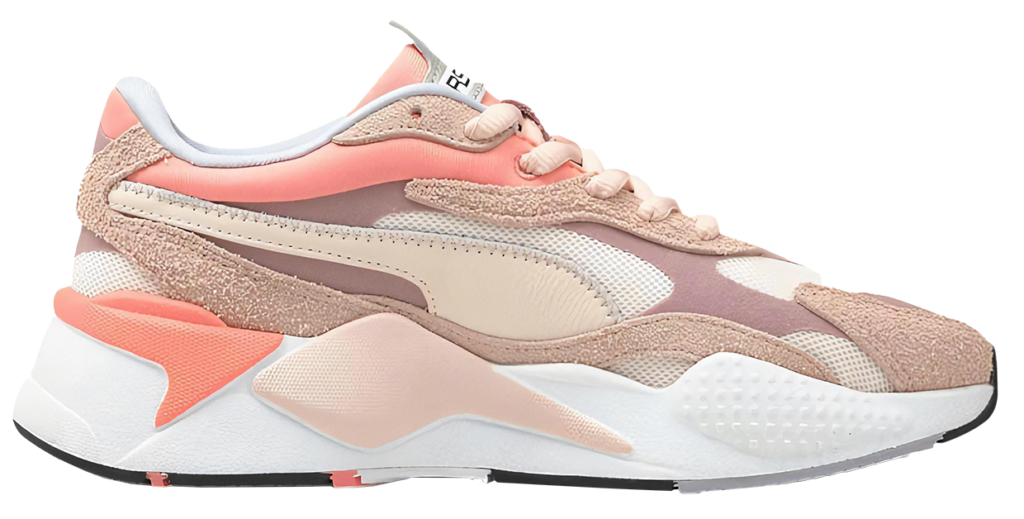Welcome to Tri-County Foot & Ankle
Choosing the Right Shoe

Proper Shoe Fitting
It is important that you get a proper fit for any type of athletic shoe you want to purchase. You may find it helpful to go to a specialty store that has workers who can measure your feet correctly in order to make sure your new shoes fit. Another tip is to avoid looking for the cheapest option, because cheaper shoes often equate to worse quality. When you go to a specialty store, the staff will likely ask you what activity you plan to participate in. This is because there are different types of shoes that correspond to different activities. Walking shoes should be worn if you plan on going for a walk, and running shoes should be worn if you want to go on a run.
Finding a properly-fitting shoe is important in reducing injuries and preventing foot problems. For more information about treatment, contact one of our podiatrists from Tri-County Foot & Ankle. Our doctors will treat your foot and ankle needs.
Proper shoe fitting is one of the most common concerns people have when it comes to the health of their feet. To some this may not seem like a major issue, but the reality is that improperly fitted shoes account for a tremendous amount of injuries to the foot. Because our feet, our posture, and our gait directly affect the bio-mechanics and the overall structure of our entire body, pains and discomforts felt elsewhere within the body can frequently be attributed to improperly fitted footwear.
Here are a few factors to consider, which will help you select the proper footwear when shopping. Do not purchase shoes with the expectation that they will stretch to accommodate the size of your feet. You are looking for shoes that fit correctly right away. If the shoes you purchase are too large and are slipping in the area of the heel while you walk, do not purchase them. Do not look favorably upon shoes that slip with the intention of wearing thicker socks to compensate for the slippage.
Make certain that in the widest portion of the shoes, the ball of your foot, fits comfortably in the shoe. It may be difficult to focus on these things with all the distractions of shopping, or tempting to ignore them because you badly want an uncomfortable shoe. However, if you cannot wear shoes because they hurt too much to use, your money and time will be wasted. When you get your new shoes home, put them on and walk around on a carpeted surface to see ensure your shoe’s fit comfortably with normal activity.
Choosing the Right Running Shoe
Running may seem like a simple to do. However, running is actually a complex movement that puts stress on the ligaments, bones, and joints of the body. Selecting the correct running shoe is important for increasing performance and avoiding risk of injury.
When it comes to marathon running shoes, it is important to plan ahead. Look for running shoes that are comfortable and will provide the most support for your beginner feet. Some shoes may cost upwards from $160 and certain pricey shoes can be what keep your feet or ankles from sustaining an injury. Finding a shoe store that specializes in running may be the best bet for your feet.
Running shoes should be selected based on your foot type. Considerations such as trail versus road shoes are important. Your foot type dictates the degree of cushioning, stability and motion control you require. The most accurate way to learn your foot type is to visit a local shop that specializes in running shoes. Professionals can measure your arch type, stride and gait and help you with your shoe needs.
The design of running shoes is created around the idea of pronation. Pronation is the natural rolling movement of your ankle from the outside to inside when your foot strikes the ground. If you run properly you strike the ground on the outside of your heel and roll in the direction of your big toe before pushing off once more. Pronation is beneficial because it assists the lower half of your body in absorbing shock and storing energy. Those considered neutral runners pronate correctly and do not need running shoes that help correct their form. Neutral runners can choose from a wide variety of shoes, including barefoot or minimal types. However, those who have arch problems or who adopt an incorrect form while running may experience too much or too little pronation. They may require running shoes that offer additional support.
Those who overpronate experience an over-abundance of ankle rolling. Even while standing, those who severely overpronate display ankles that are angled inward. It is not uncommon for them to have flat feet or curved legs. The tendency to overpronate may cause many injuries. Areas that tend to become injured are the knees, ankles, and Achilles tendon. If you find that you have a tendency to overpronate, you should look at shoes that provide extra stability and motion-control. Motion-control shoes are straight and firm. Shoes of this type do not curve at the tip. The restricted flexibility along the middle of the shoe prohibits the foot from rolling too far inward as your foot strikes the ground.
A less common problem is underpronation. Underpronation, also called supination, is when the feet are unable to roll inward during landing. Those who underpronate have feet that lack flexibility and high arches. This prevents any kind of shock absorption, even though it does place less rotational stress on ankles and knees. This added force can cause fractures, ligament tears, and muscle strains because the legs are trying to compensate for the impact. Those who underpronate need shoes with more cushioning and flexibility. If you have a tendency to underpronate, selecting stability or motion-control shoes may cause you more problems by continuing to prevent pronation.
